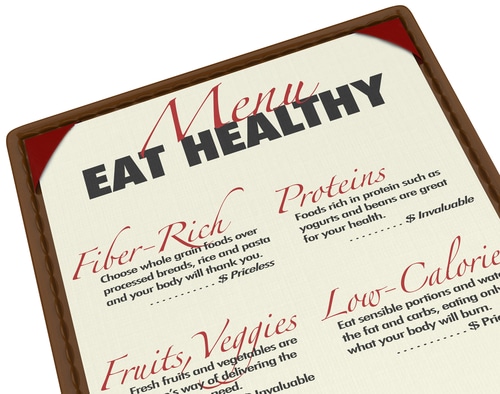
How Accurate Are Restaurant Calorie Counts?
For calorie information to have a positive impact customers need to be conscientious enough to read them and they need to be accurate – but how accurate are they really? A study published in the Journal of the American Medical Association looked at this issue. They measured calorie counts in food from 42 different restaurants in different states including sit-down and fast-food restaurants. Here’s what they found:
Almost one in five individual food items had calories counts that were higher by 100 calories or more than what was stated. One entrée in this study had 1,000 more calories when tested than what was listed on the menu! Not exactly a glowing endorsement for the accuracy of restaurant calorie counts. Although a few items had less than the stated number of calories, most of the inaccuracies were underestimations rather than overestimations. So even if you plan your meal around menu calorie counts, you may be taking in more calories than you think. With almost half of all people eating three or more meals out a week, the calorie damage can quickly add up.
Are restaurants deliberately trying to deceive people? Not necessarily. If restaurant employees dish out generous portion sizes, it can throw off the calorie count considerably – and it’s difficult to account for factors like how much salad dressing a person puts on their salad, etc. For it to be entirely accurate, restaurants would have to weigh the food before they served it to customers.
Consumers Underestimate Calories Too
According to the USDA, diners also underestimate the number of calories they eat when they eat out at a restaurant in the absence of calorie counts. This is especially true when they order higher calorie foods, and, surprisingly, when they select menu items portrayed as “healthy.” Just as people eat more when they think an item is healthy or low in calories, they tend to underestimate the number of calories in foods labeled as healthy or low-fat.
Will Calorie Counts on Menus Have an Impact?
According to some studies, giving people nutritional information can impact how much they eat. A study published in the Journal of the American Dietetic Association found that diners consumed fewer calories when eating a buffet lunch if they were shown nutritional information beforehand, but other research shows restaurant calorie counts don’t strongly influence how people order.
On the other hand, when people eat out in a restaurant, one factor that influences their choices are the entrée descriptions. When an item is described as “low-fat” or “low-calorie” on a menu, people often assume it lacks taste as well and may be influenced by the more tantalizing descriptions of less healthy fare. Many people order based on emotion, especially when they arrive hungry. It’s unclear whether exposing calorie counts will change all of that. It would be helpful if restaurants would focus more on making healthier items sound more appealing.
There’s also a sub-group of people who eat out so infrequently that they “splurge” when they do, and they’re unlikely to give calorie counts much consideration.
The Bottom Line?
Expect to see more calorie transparency when you eat out in the future. Some chains like Ruby Tuesday already include calorie counts on some of their menu items. Whether or not this will help diners make healthier choices is still unclear. Even if a restaurant doesn’t list calorie counts on the menu, you can often access this information online, at least for many chains – but take it with a grain of salt. It isn’t always accurate.
References:
USDA Economic Research Service. “Will Calorie Labeling in Restaurants Make a Difference?”
Berkeley Wellness Alert. “Calories a la Carte”
JAMA. 2011: 306(3): 287-293.
Journal of the American Dietetic Association. Volume 110, Issue 7, Pages 1094-1097, July 2010.

